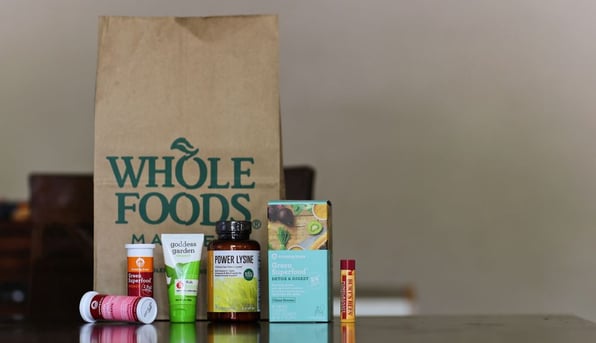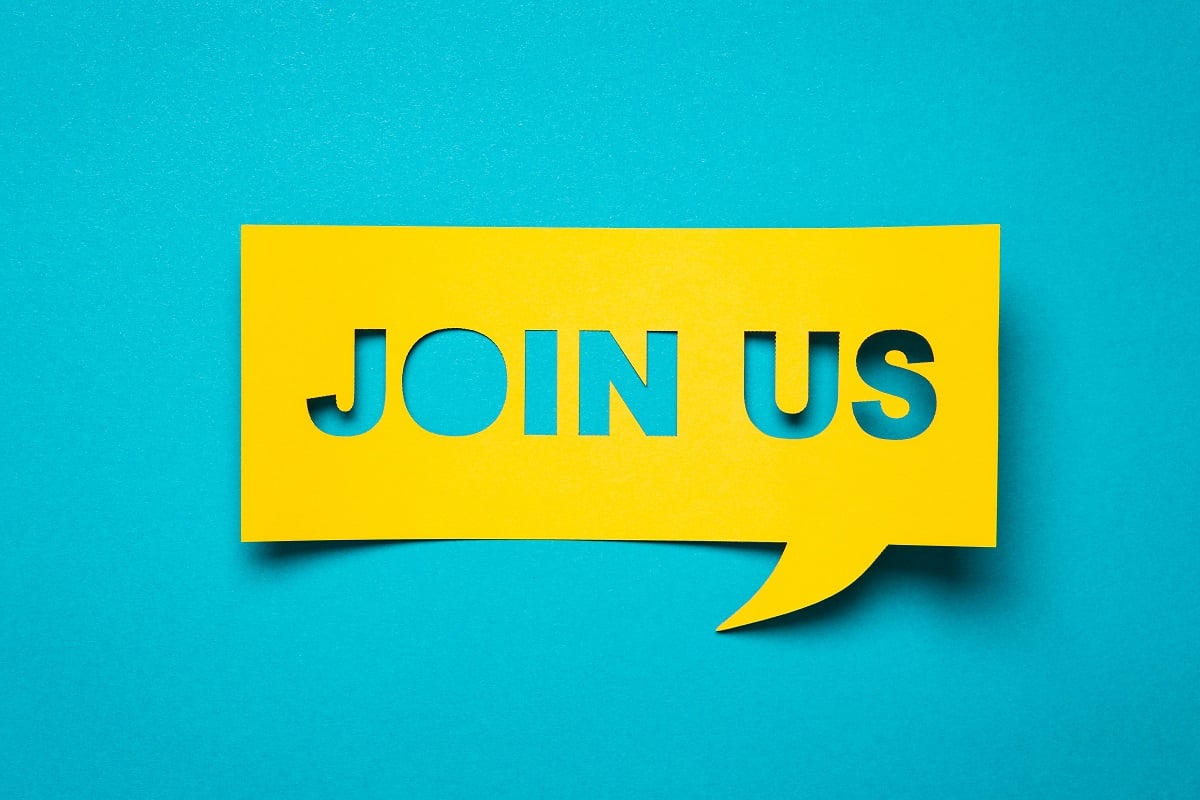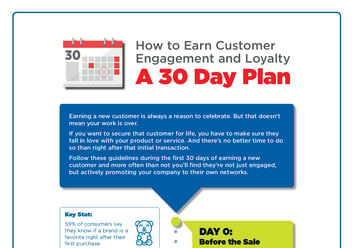Loyalty, Reimagined: How Data from Loyalty Programs Helps Brick-and-Mortar Stores Compete in the Age of Amazon
When Amazon bought Whole Foods for $13.7 billion in June of this year, brick and mortar grocers collectively shuddered: Amazon, the king of commerce, had continued its play into offline retail. Starting with the opening of Amazon bookstores (they currently have seven physical retail stores across the US), Amazon is leveraging its decades of data in order to change the way consumers shop in brick-and-mortar stores.
“We have this 20 years of information about books and ratings, and we have millions and millions of customers who are passionate,” said Jennifer Cast, VP of Amazon Books.
As Amazon moves into the grocery space, they stand to benefit from that same data that built their preeminence in the online world.
And so, the question remains: How can pure offline brands survive Amazon’s unchallenged move into their space?
The answer is that offline brands must leverage customer data in the same way Amazon does, ultimately driving better customer engagement to increase sales. However simple the directive, moving into the data game has proved nearly impossible for data-starved industries like restaurants and brick-and-mortar retailers, who don’t operationalize data collection and utilization as a matter of doing business.
Short of hiring a team of data scientists, methods for accessing and activating customer data have been historically limited “offline” businesses (read: restaurants, retailers, car washes, etc).
Restaurants, in particular, collect transaction data within their POS, from ordering platforms, delivery platforms, reservation systems, and even their loyalty programs. Yet, they don’t regularly have the tools to make anything of the data — often the multiple integrations require a business intelligence tool to make sense of the noise, and even then, how do brands turn that data into hard revenue?
Forward-thinking brands like Starbucks have implemented digital loyalty programs to solve the disconnect between data collection and action. Apart from driving revenue through increased customer retention, they now have access to a complete data set of the behavior of their best customers and a way to communicate directly with them. Starbucks has used this data to identify customer segments and communicate with them in ways that drive increased sales.
Data-driven loyalty programs aren’t just for coffee giants like Starbucks; the data that restaurants, retailers, and other offline businesses receive from digital loyalty programs could be used to add sophistication to the way they operate.
A mobile loyalty program gives you a way to communicate with those customers, using that data to curate and personalize communication. The only way to start modernizing operations like Amazon has is to put customer data at the center of your business — using that data to drive deeper relationships with your customers.
For offline brands who want to take that step to becoming data-driven, there are a few considerations that need to drive that process:
1. Ensure that you’re acquiring high-quality data: If your guest data is murky or questionable, then there’s really not much you can do or say with any level of confidence. In a customer loyalty program where you’re tracking customer transactions, this requires a program with incredibly low breakage (read: people falling out of the program because it’s too cumbersome, or the reward isn’t good enough) in order to ensure that you’re getting the complete picture.
 2. Put your data to use. For data to be worth the investment, ensure that you can actively gather insights and drive action from your data. Data should be presented in a way that’s easy to understand, so that everyone from your C-level executives to your store managers have access to valuable insights. It shouldn’t fall upon restaurant operators to dream up new ways to analyze data and deploy creative campaigns — your tech platforms should make it easy for you launch effective customer-facing campaigns using the data you’re collecting.
2. Put your data to use. For data to be worth the investment, ensure that you can actively gather insights and drive action from your data. Data should be presented in a way that’s easy to understand, so that everyone from your C-level executives to your store managers have access to valuable insights. It shouldn’t fall upon restaurant operators to dream up new ways to analyze data and deploy creative campaigns — your tech platforms should make it easy for you launch effective customer-facing campaigns using the data you’re collecting.
3. Make it measurable. You must be able to track the results of your campaigns and your loyalty program overall. Beyond customer data, your program should be a BI tool — businesses should understand the costs of their marketing efforts and be able to clearly track the payouts. You should have the visibility to know exactly how much money your loyalty program is generating for you. Loyalty programs have gotten away with vague or unclear returns for too long.
So, what’s the big takeaway for brick-and-mortar businesses looking to gather and use data more effectively?
Make it worth your customers’ time to participate in your program, and put your data to use in personalized marketing campaigns that run off of the data you collect from your program. The same data-driven marketing that works for companies like Amazon can work for your offline business as well!
As data becomes more critical for restaurants, retailers, car washes, and other offline industries, Thanx is evolving our loyalty platform to be more inclusive of the data needs of modern businesses. In addition to capturing customer transactions seamlessly through our Reward Connect Technology, we’ve improved on the ways in which operators can use their data to engage customers, drive results, and measure all of it. With the rollout of Thanx v2.0, we’ve doubling down on our commitment to empower businesses of all size with the power of actionable data. Contact us today to learn more: hello@thanx.com
Margaret Link is a loyalty fanatic and heads up the content team at Thanx, where she loves adding fun and informative articles about customer data, brand loyalty, and technology to the Thanx Blog.
Whole Foods image courtesy of Counse
Topics: Customer Engagement, customer loyalty
Written by: Guest Author




.jpeg)







Share your Comment.